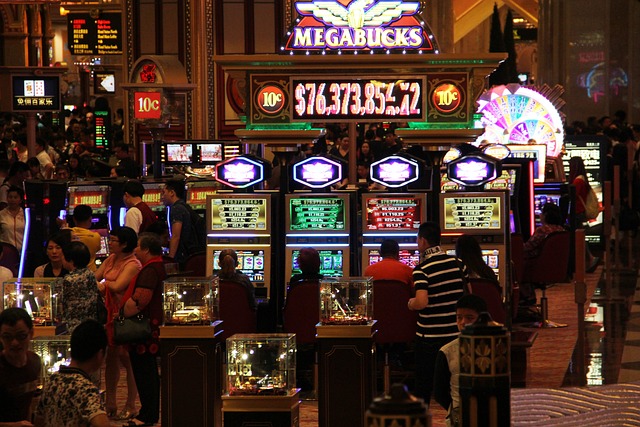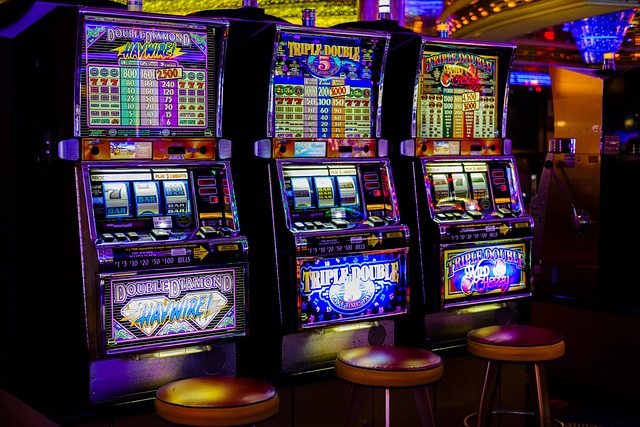In both land-based and online casinos, you’ll often hear players refer to a slot machine as “hot” or “cold.” These terms describe the perceived behavior of a slot: a hot slot is thought to be paying out frequently or generously, while a cold slotseems to be on a losing streak with little to no returns. But are these labels based on real mechanics, or are they just part of gambling folklore? Understanding what influences a slot’s performance—and separating myth from fact—can help players make more informed decisions and manage expectations when spinning the reels.
The Psychology Behind “Hot” and “Cold” Slots
The idea of hot and cold slots comes largely from player experience and perception. When someone wins big or sees frequent payouts in a short span, they might label that game “hot.” Conversely, if several spins result in no wins or small losses, the slot might be considered “cold.”
This emotional response is understandable. Slots are random number generators (RNGs) at their core, so results are unpredictable. But human brains are wired to seek patterns, even in random events. This leads to the gambler’s fallacy—the belief that a string of losses must be followed by a win, or vice versa. In reality, every spin is independent, and what feels hot or cold is often just random variance.
Volatility and How It Affects Perception
One of the few technical factors that can influence the feeling of a slot being hot or cold is volatility, also known as variance. This refers to how often a slot pays and the size of those payouts.
- High-volatility slots pay out less frequently but offer larger wins. They can feel cold for long stretches, then suddenly seem hot after a big bonus.
- Low-volatility slots pay out smaller amounts more often, making them feel more consistent or “warm” over time.
Understanding volatility helps players choose the right type of slot for their goals. If you prefer regular wins, even if small, low-volatility games are ideal. If you’re chasing big jackpots, high-volatility slots may feel cold at times—but the rewards can be massive when they hit.
RTP Doesn’t Tell the Whole Story

Return to Player (RTP) is another key factor. RTP indicates the average percentage of wagered money a slot will return over the long term—usually between 94% and 97% for online slots. However, RTP is calculated over millions of spins, not short-term sessions. A high-RTP game can still feel cold during a losing streak, and a low-RTP slot might seem hot if it delivers a big win quickly.
So while RTP helps evaluate a slot’s long-term performance, it doesn’t determine whether a game will feel hot or cold during your session.
Time-Based Bonuses and Game Cycles
Some slots include timed events or jackpot features that contribute to the perception of being hot. Progressive jackpot slots, for example, grow their prizes with each bet placed. As the jackpot increases, players often flock to the game, assuming it’s due to hit soon. When it finally pays out, the machine may seem hot. But again, this is random behavior, unless the jackpot is on a timer or must-hit-by value—features that some games do include.
Other slots may offer bonus rounds that trigger randomly but with frequency caps, meaning after a long dry spell, players believe the bonus is “due.” While this can affect experience, it’s rarely enough to confirm hot or cold status reliably.
External Influences and Player Behavior
Players also influence the hot/cold narrative through confirmation bias. If you win big on a certain slot, you’re more likely to remember and replay it, labeling it hot. Conversely, you may avoid games where you had poor results, reinforcing the idea they’re cold—even though the RNG hasn’t changed.
In social settings or streamers’ channels, this can amplify rapidly. A slot that delivers a major win on video suddenly becomes “hot,” leading waves of players to try it and reinforcing the perception, even if most don’t replicate the success.
Are Hot or Cold Streaks Real?

While it’s tempting to believe a slot is on a streak, the truth is that every spin is statistically independent. The software doesn’t remember past results, doesn’t adjust payouts based on recent activity, and doesn’t change behavior unless explicitly programmed to do so (e.g., in some must-hit jackpots or regulated payout cycles in land-based machines).
In other words, hot and cold slots are subjective labels, not technical ones. What feels hot to one player might be cold to another, depending entirely on luck and perspective.
Tips to Stay Grounded When Playing
To make the most of your slot experience, regardless of how “hot” or “cold” a game feels:
- Set a budget and stick to it—don’t chase wins or losses.
- Choose games based on features and volatility rather than hearsay.
- Avoid making decisions based solely on recent results.
- Use demo mode to get a feel for a game before playing for real money.
- Take breaks and don’t rely on emotions to guide your choices.
Final Thoughts
The idea of hot and cold slots is mostly a player myth, shaped by randomness, emotion, and memory. While factors like volatility and RTP influence your long-term chances, no slot is guaranteed to pay out—or go dry—based on past spins. That said, the fun and thrill of chasing a hot streak are part of what makes slots so engaging. As long as you play responsibly and understand the nature of randomness, there’s no harm in enjoying the ride—whether the machine feels hot or not.
